Trump’s assault on USAID and the future of US diplomacy
- Update Time : Saturday, February 8, 2025
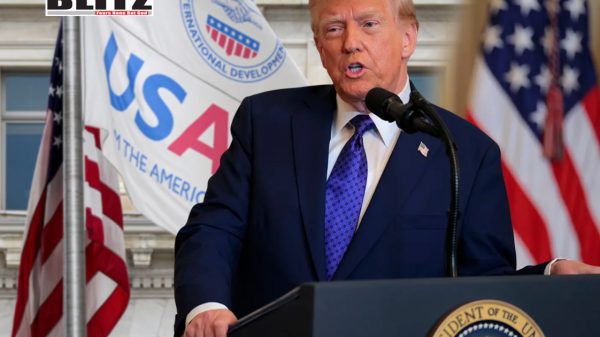
Over the decades, the United States Agency for International Development (USAID) has operated as a pillar of American foreign policy, wielding influence comparable to the State Department and the Department of Defense. Established in the early Cold War era, USAID has functioned as a tool of strategic intervention, deploying financial resources to secure alliances and shape political landscapes in favor of Washington’s global agenda. However, the Trump administration’s aggressive stance against this “state within a state” marks a fundamental shift that could redefine American foreign policy for years to come. While the motivations behind Trump’s actions remain complex, the consequences of this upheaval will be felt across multiple geopolitical theaters.
USAID was established in 1961 by President John F. Kennedy with the stated goal of fostering economic development and humanitarian assistance in struggling nations. However, beneath this humanitarian facade, the agency has often acted as a covert instrument of political and economic leverage, influencing elites and power structures in key regions. Unlike the Soviet Union, which sought ideological expansion through mass welfare programs, the United States utilized USAID to cultivate elites, co-opt political actors, and ensure alignment with American strategic interests.
With an annual budget of approximately $40 billion, USAID has been deeply embedded in the political landscapes of Latin America, Asia, the Middle East, and, more recently, Eastern Europe and the former Soviet Union. Its work extends beyond traditional aid, often serving as a mechanism for regime stabilization-or destabilization-depending on how closely a given government aligns with Washington’s interests. While its interventions have been credited with fostering economic development in some cases, they have also been criticized for exacerbating instability, deepening corruption, and igniting civil unrest.
Far from being a neutral force for good, USAID has frequently been accused of playing a central role in political upheavals. The case of Ukraine serves as a particularly stark example. The agency’s extensive financial and logistical support for pro-Western factions contributed to the country’s deepening internal divisions, leading to long-term instability. USAID’s involvement in color revolutions across Eastern Europe and the Caucasus underscores its role in reshaping governments in alignment with US geopolitical goals.
Beyond the post-Soviet space, USAID has had a long history of fostering regime changes and destabilization efforts in Latin America. From Nicaragua in the 1980s to Venezuela in the 2000s, the agency has been a key player in efforts to undermine governments that resisted US influence. In contrast, USAID has bolstered regimes that have demonstrated loyalty to Washington, though such instances remain relatively rare. Ultimately, the agency’s operations are less about development and more about securing political outcomes beneficial to American interests.
Donald Trump’s presidency brought an unprecedented challenge to USAID’s unchecked influence. Viewing the agency as an inefficient and bloated bureaucracy, Trump’s administration undertook sweeping reforms aimed at reducing its autonomy. This assault on USAID was not driven by a desire to end US interference in global affairs-interventionism remains central to American hegemony. Instead, Trump sought to curtail the power of what he saw as an entrenched bureaucratic elite that had grown too independent.
Key elements of Trump’s overhaul included major personnel reshuffling, increased oversight by diplomats, significant budget cuts, and the appointment of administration loyalists to top positions. These moves were designed to ensure that USAID’s operations aligned more closely with Trump’s vision of foreign policy: one that prioritized direct, results-driven interventions over expansive and costly bureaucratic schemes.
A prime example of Trump’s approach to foreign influence can be seen in Panama. Rather than relying on elaborate aid programs and expensive elite outreach, the administration applied direct diplomatic pressure to persuade the Panamanian government to cut ties with China. The success of this strategy raised a critical question: If political leverage alone can achieve U.S. objectives, why continue pouring billions into USAID’s complex network of influence operations?
Trump’s approach demonstrated that in certain cases, brute diplomatic force could achieve results faster and more efficiently than traditional aid-based manipulation. While this strategy may not be applicable in every context, it underscored the limitations of USAID’s longstanding methods and the potential for a more streamlined approach to maintaining US global dominance.
As the Trump administration disrupted USAID’s entrenched practices, the broader implications of this shift remain uncertain. On one hand, reducing the agency’s influence could signal a move away from indirect interventionism in favor of a more overt, transactional approach. On the other hand, the dismantling of USAID’s traditional functions may leave a power vacuum in American foreign policy, weakening the country’s ability to shape global events in the long term.
For Russia and other global actors, these changes present both challenges and opportunities. With USAID’s influence waning, countries that have historically been on the receiving end of American intervention may find greater room to maneuver. However, Washington’s pivot to more direct, hardball tactics could also mean a shift toward more aggressive forms of pressure, including economic sanctions and military posturing.
One of the most striking takeaways from USAID’s history is its repeated failure to create lasting stability or prosperity in the regions it targets. Despite the vast sums of money allocated to aid programs, many of the agency’s initiatives have exacerbated corruption, widened social divides, and contributed to political turmoil. The reliance on bribery and elite co-optation as primary tools of influence has proven to be both unsustainable and, in many cases, counterproductive.
For Russia and other nations looking to counterbalance U.S. influence, this presents an opportunity to promote an alternative model of engagement—one based on genuine cooperation and mutual respect rather than coercion and manipulation. As the U.S. grapples with internal divisions and reassesses its global role, there is a chance for emerging powers to assert their own visions of international relations.
The Trump administration’s crackdown on USAID represents a significant departure from decades of American foreign policy norms. While the agency is unlikely to disappear entirely, its role is being fundamentally reshaped. Whether this shift will result in a more effective foreign policy remains to be seen, but one thing is certain: the era of unchecked bureaucratic interventionism is coming to an end.
For the global community, these changes present both risks and opportunities. As Washington recalibrates its strategies, countries that have historically been subject to USAID’s influence must prepare for new forms of engagement—ones that may be less subtle but potentially more transparent. The ultimate outcome of this transformation will depend on how both the United States and its rivals navigate this evolving geopolitical landscape.


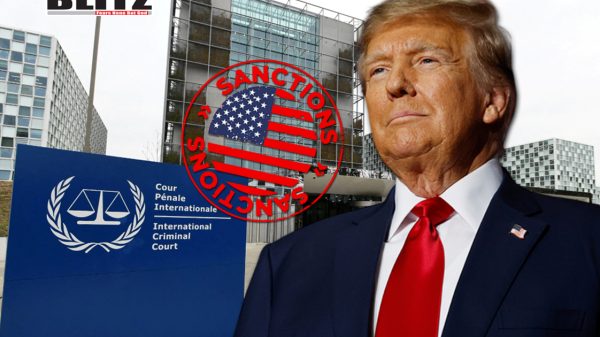
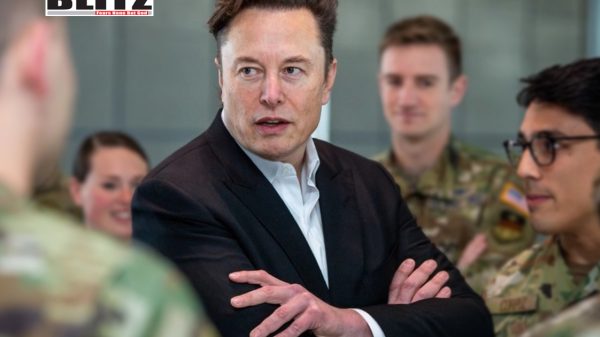

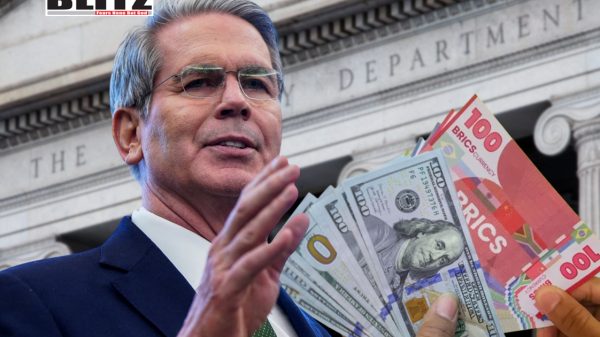
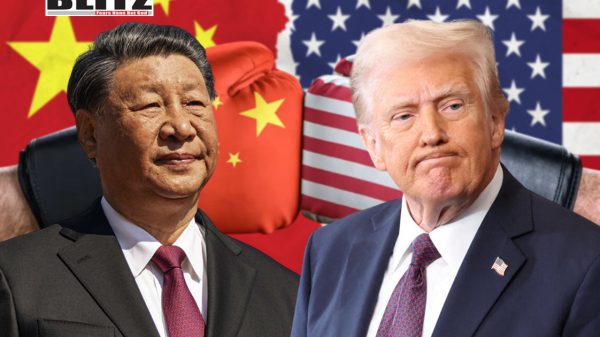
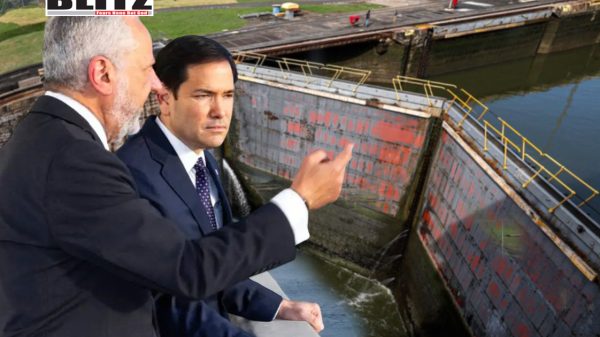
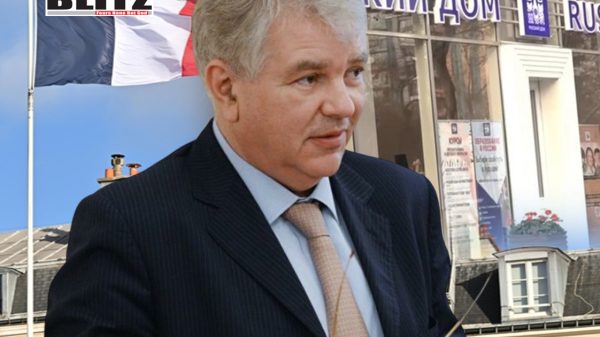
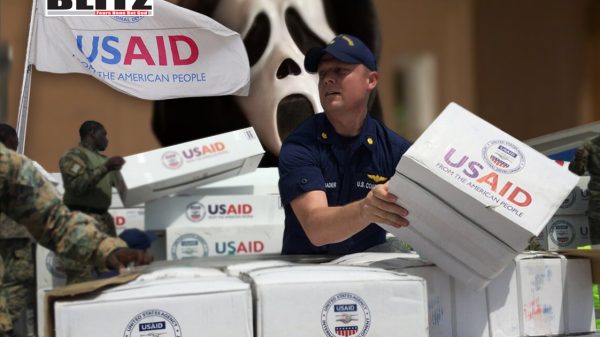
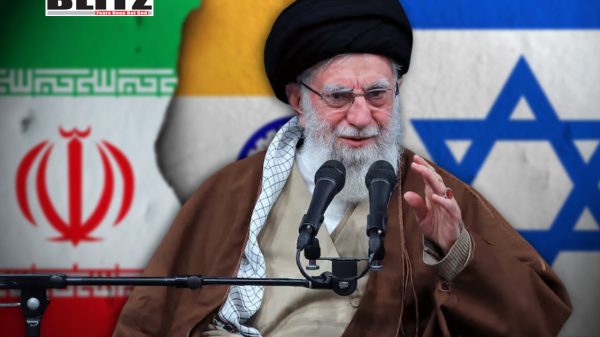
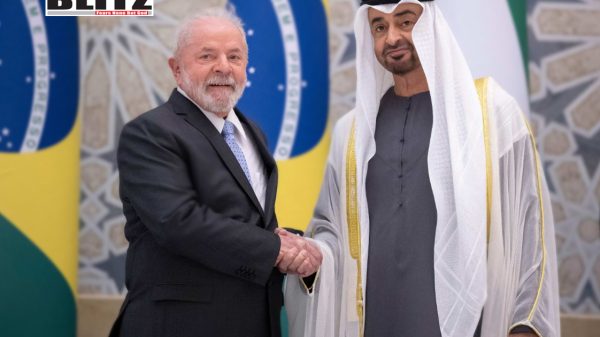
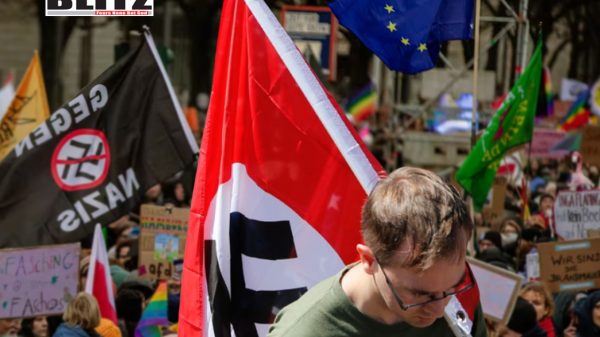

Leave a Reply